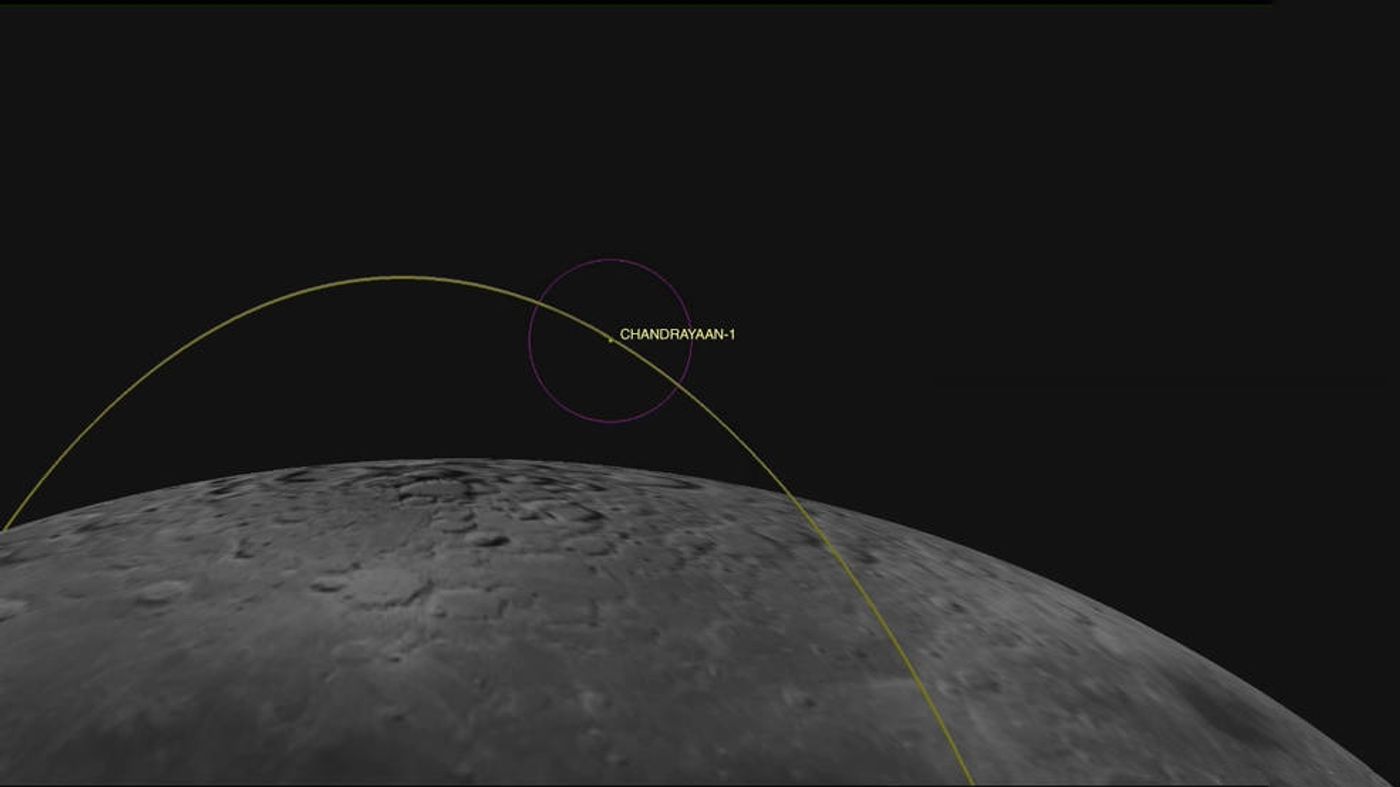NASA Finds Lunar Orbiter That Hasn't Been Heard From Since 2009
It’s always a challenge trying to look for objects that are orbiting the moon with optical equipment because the Moon has a highly reflective surface that kicks off a bright glare from the Sun’s light.
On the other hand, interplanetary radar seems to be quite useful for this department. NASA reports that scientists were able to use it to find NASA’s Lunar Reconnaisance Orbiter (LRO), which is still active today and a long-lost lunar orbiter that was launched by India that hasn’t been heard from since 2009 because it's no longer active.
Image Credit: NASA/JPL-Caltech
“We have been able to detect NASA’s Lunar Reconnaissance Orbiter [LRO] and the Indian Space Research Organization’s Chandrayaan-1 spacecraft in lunar orbit with ground-based radar,” said Marina Brozović, a radar scientist at JPL and principal investigator for the test project.
“Finding LRO was relatively easy, as we were working with the mission’s navigators and had precise orbit data where it was located. Finding India’s Chandrayaan-1 required a bit more detective work because the last contact with the spacecraft was in August of 2009.”
Chandrayaan-1, which is only about a meter and a half in size. That said, there’s no way optical equipment ever would have been able to find it given the circumstances of the Moon’s highly-reflective surface.
Using data that NASA had on record of Chandrayaan-1’s last-known location, as well as its expected orbit, and altitude, scientists were able to predict where it would end up next. Afterwards, they used NASA’s Goldstone Deep Space Communications Complex located in California to send powerful microwave signals into space towards the Moon.
These microwave signals, which are basically act as powerful radar detectors that can penetrate far into space, bounced off of the Moon’s surface, and the lost Chandrayaan-1’s insignificantly-small surface.
The results of the signals we received back at the Arecibo Observatory in Puerto Rico indeed showed that the orbiter was there, but its predicted orbital path needed to be tweaked a bit since the last-known contact in 2009 because of gravitational fluctuations that can cause lunar orbiters to sometimes change their trajectory.
More importantly, the signals were successful in detecting something the orbiter more than 7 times after the initial discovery.
Not only does this prove that it’s possible to find long-lost orbiters around the moon with the power of microwaves, but it proves that this technology might be more multi-purpose than originally thought.
Source: NASA









